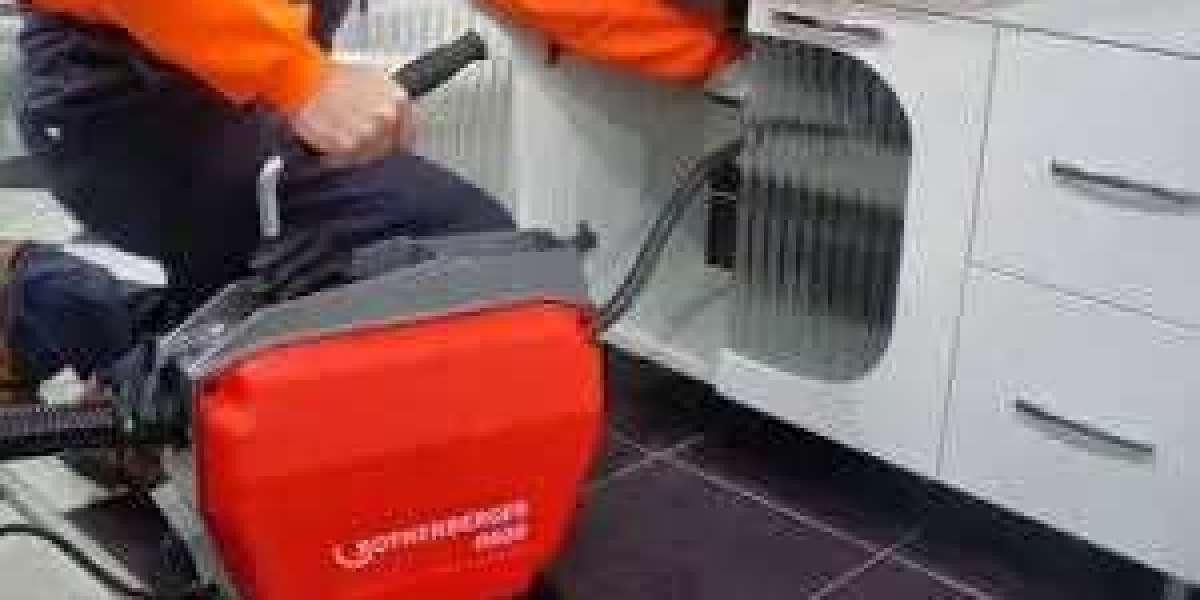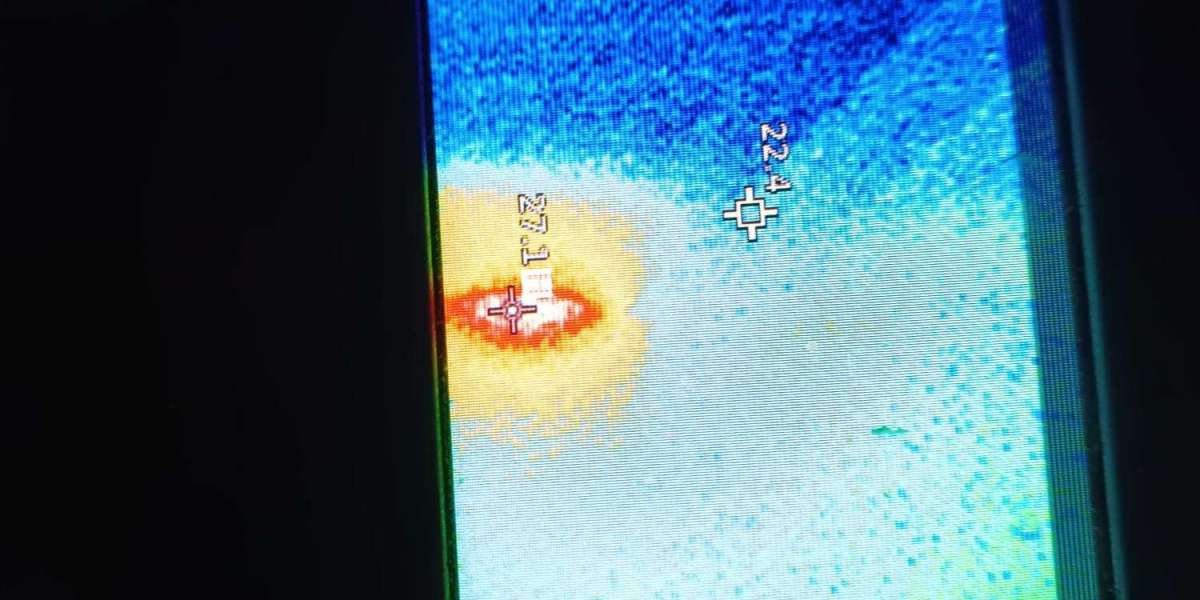In the water treatment industry, the accurate measurement of chemical oxygen demand (COD) is crucial for monitoring water quality and ensuring compliance with regulatory standards. COD, which represents the amount of oxygen consumed by chemical reactions with organic pollutants in water, serves as a key indicator of water purity and pollution levels. With the advent of advanced technology, Zinscien Technology benchtop COD analyzers have emerged as powerful tools that provide rapid, accurate, and reliable COD measurements.

Operational Principles of Benchtop COD Analyzers
Benchtop COD analyzers utilize a variety of techniques to determine COD levels in water samples. These techniques can be broadly classified into spectrophotometric, titrimetric, and electrochemical methods.
Spectrophotometric Method
This method involves the use of UV-visible spectrophotometers to measure the absorption of light by specific chemicals present in the water sample. The intensity of light absorbed is proportional to the concentration of organic pollutants, thus allowing for the indirect measurement of COD. Spectrophotometric analyzers are known for their speed and ease of use, making them ideal for routine monitoring tasks.
Titrimetric Method
In this method, a known volume of a strong oxidizing agent, such as potassium dichromate, is added to the water sample. The sample is then heated and titrated with a reducing agent until the endpoint is reached. The COD value is calculated based on the volume of reducing agent consumed. Titrimetric analyzers offer high precision and accuracy, making them suitable for regulatory compliance testing.
Electrochemical Method
Electrochemical COD analyzers use sensors to measure the current generated by the oxidation of organic compounds in the water sample. The current is proportional to the COD concentration, allowing for real-time monitoring. These analyzers are compact, portable, and suitable for online monitoring applications.
Benefits of Using Benchtop COD Analyzers
Benchtop COD analyzers offer several advantages over traditional COD measurement methods, including:
Speed and Efficiency:
Benchtop analyzers provide rapid COD measurements, significantly reducing the time required for water quality monitoring. This enables operators to respond promptly to changes in water quality and take corrective actions as needed.
Accuracy and Reliability:
Advanced analytical techniques employed by benchtop analyzers ensure high accuracy and reliability in COD measurements. This minimizes the risk of errors and false positives, which is crucial for maintaining regulatory compliance and ensuring water safety.
Ease of Use:
Benchtop analyzers are designed for user-friendliness, with intuitive interfaces and automated processes that minimize the need for technical expertise. This makes them accessible to a wider range of operators, including those with limited laboratory experience.
Cost-Effectiveness:
Benchtop analyzers offer a cost-effective alternative to traditional COD measurement methods, such as laboratory-based titrations or spectrophotometric analyses. They require minimal reagent consumption, reduce waste generation, and can be operated with minimal training and maintenance.
Real-World Applications of Benchtop COD Analyzers
Benchtop COD analyzers have found widespread application in various sectors of the water treatment industry, including municipal wastewater treatment, industrial wastewater treatment, and drinking water production.
Municipal Wastewater Treatment:
In municipal wastewater treatment plants, benchtop COD analyzers are used to monitor the effectiveness of treatment processes and ensure compliance with discharge standards. They provide real-time data on COD levels in influent, effluent, and sludge, enabling operators to optimize treatment processes and reduce energy consumption.
Industrial Wastewater Treatment:
Industrial wastewater often contains high concentrations of organic pollutants, making COD measurement essential for ensuring regulatory compliance and protecting the environment. Benchtop analyzers enable industries to monitor COD levels continuously, identify pollution sources, and implement corrective measures promptly.
Drinking Water Production:
In drinking water production facilities, benchtop COD analyzers are used to ensure the safety and purity of water. They provide rapid measurements of COD levels in raw water sources, treated water, and distribution networks, helping to prevent contamination and maintain water quality standards.
Benchtop COD analyzers have revolutionized COD measurement in the water treatment industry, providing rapid, accurate, and reliable results. Their operational principles, benefits, and real-world applications demonstrate their value in monitoring water quality, ensuring regulatory compliance, and protecting public health. As technology continues to advance, benchtop analyzers will play an increasingly important role in the sustainable management of water resources. By embracing these innovative tools, the water treatment industry can improve operational efficiency, reduce costs, and contribute to a cleaner, safer environment.
https://www.zinscien.com/application-of-benchtop-cod-analyzer-in-the-water-treatment-industry.html






